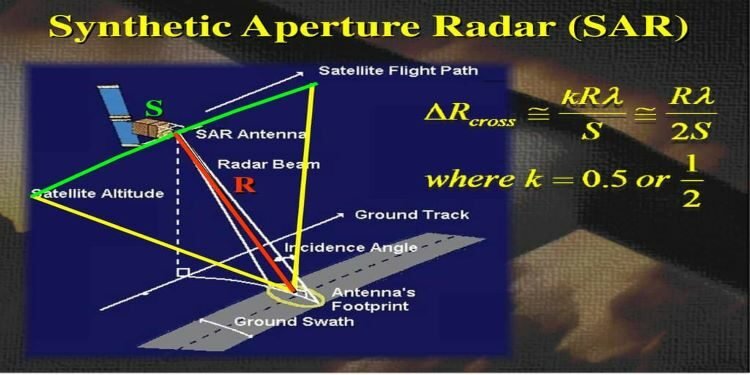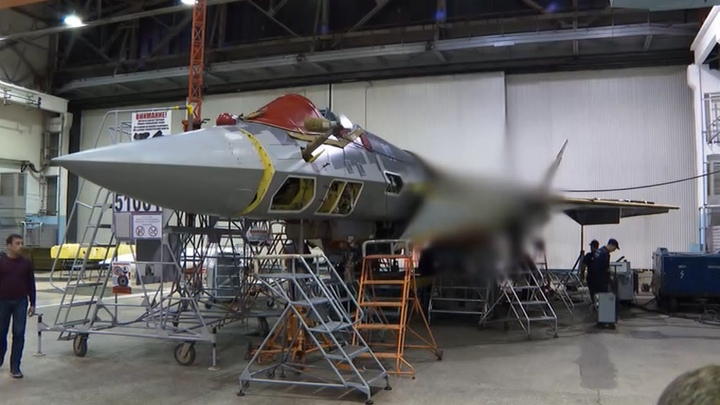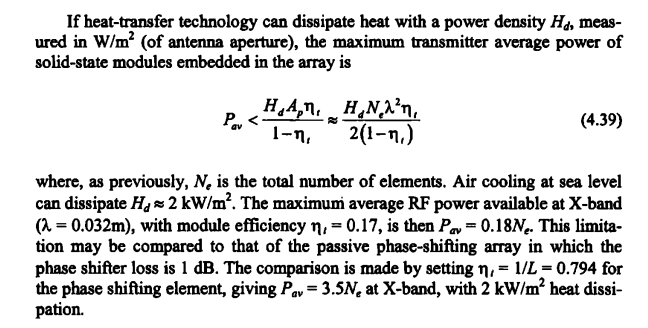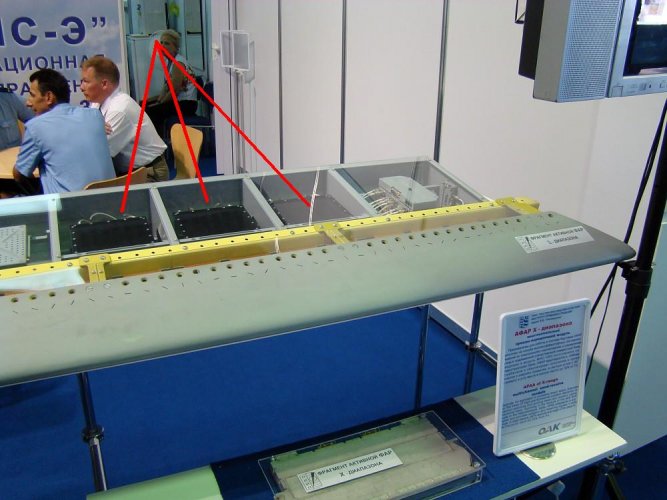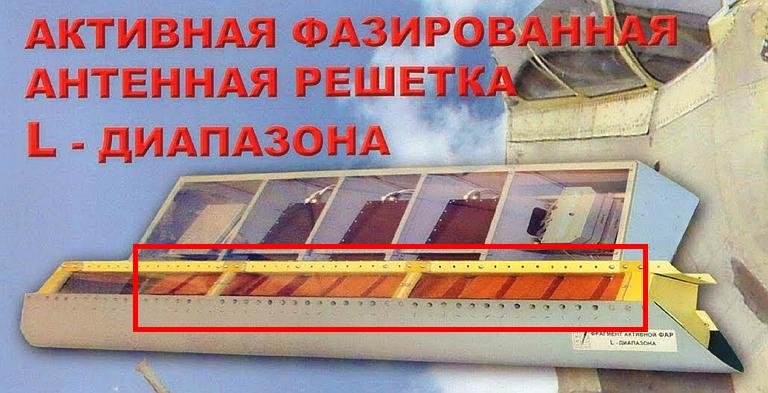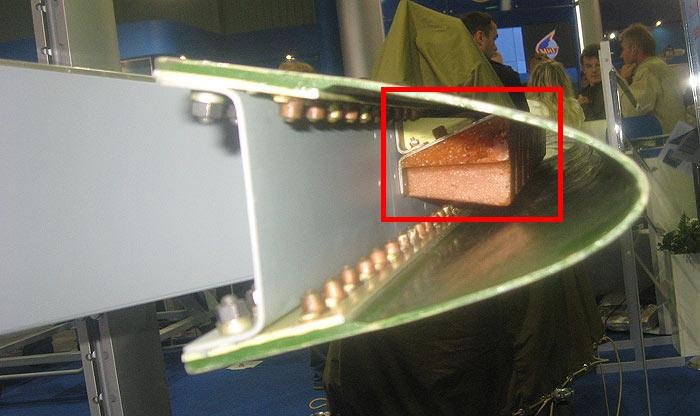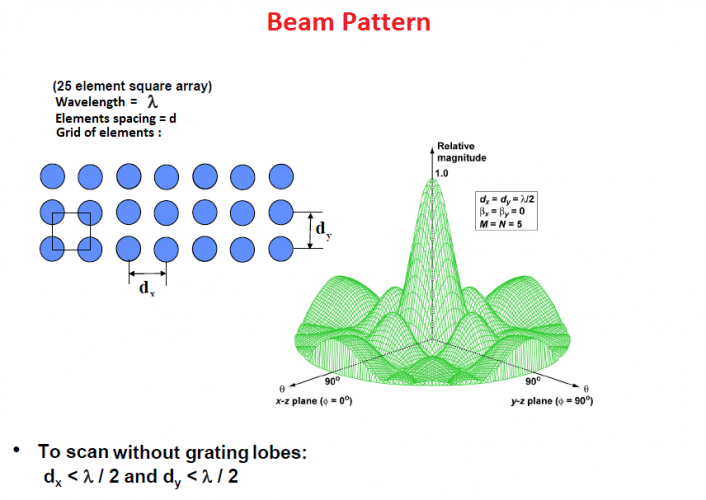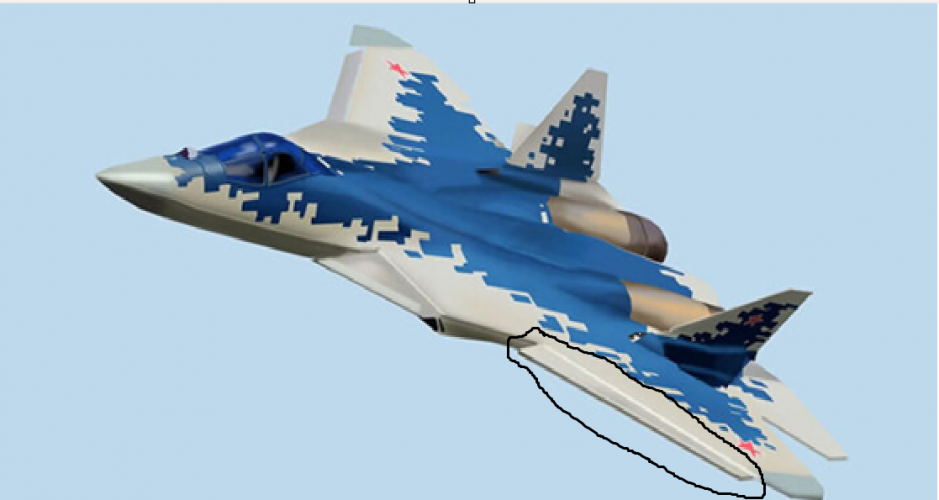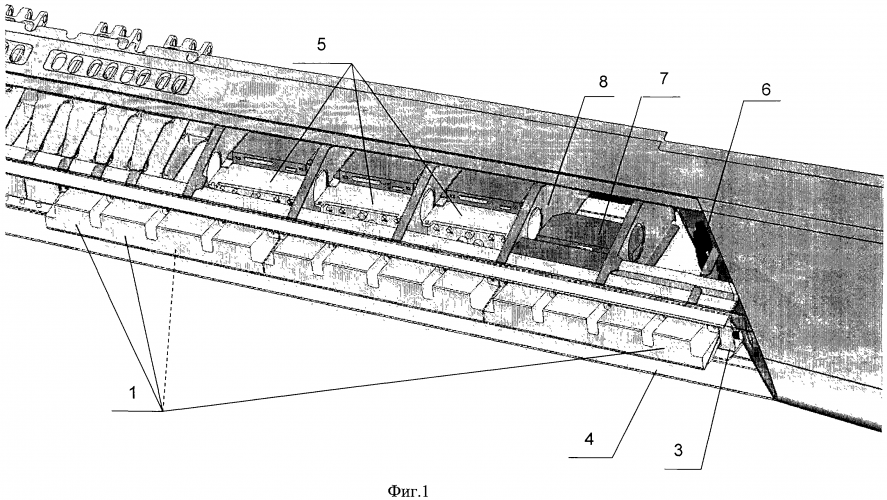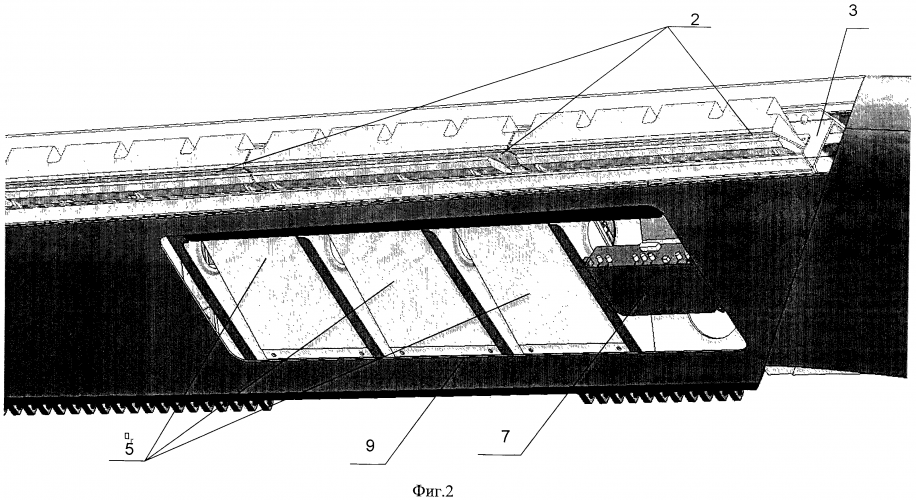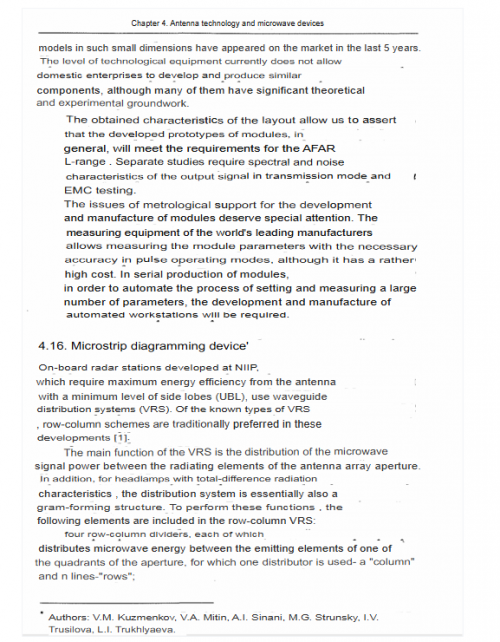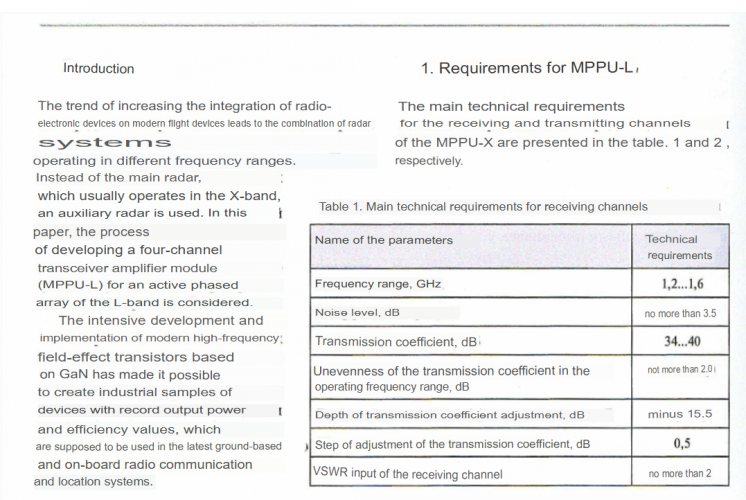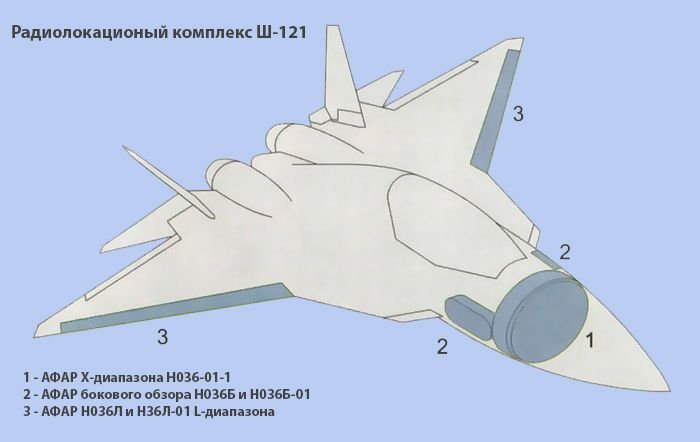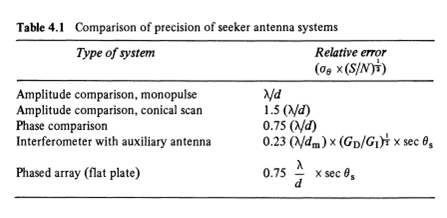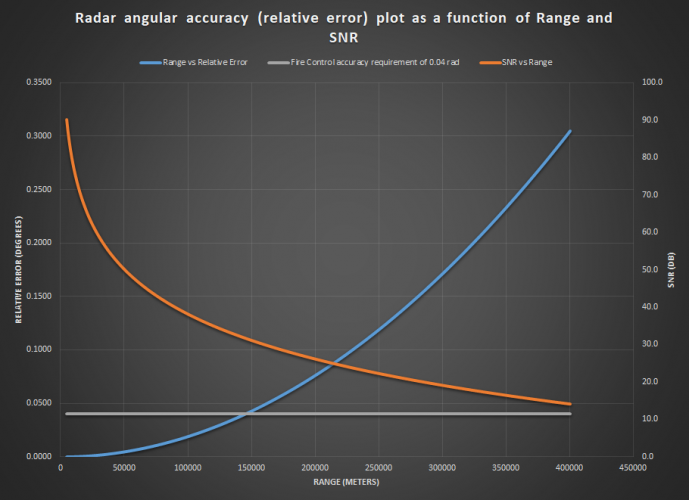alright, what is the beamwidth value? can you maybe screenshot the line about beamwidth?
Due to the formatting of the translator and maybe the wording in Russia, it quite hard for me to fully understand what that document trying to say. From the translator, it looks to me like they were listing various requirement about scanning sector, field of regard, output power, sidelobe level ..etc. I can't seem to find anywhere they made a mention of azimuth beamwidth
When I replied, your post didn't have two table, that why I was confused with the value.
So basically 500W peak per T/R module for radar?
Is there any information about their cooling requirement?
So quite similar to most ESA basically.
From 2010 it was 700W with plans to increase the value to 1 kW in 2011/2012. This is some original Russian NPP 'Pulsar' articles about that. I already posted transl versions.
This one is from 2010 :
МОДЕРНИЗАЦИЯ МОЩНОГО МОДУЛЯ БОРТОВОЙ АФАР L-ДИАПАЗОНА
''Модуль первичной разработки был представлен на конференции «Пульсар-2008», сейчас он осваивается в производстве. Вопрос о его модернизации – ответ на требование оперативного повышения уровня эксплуатационных характеристик, что свойственно быстро развивающимся
областям техники.
Главная цель модернизации – повышение уровня выходной импульсной мощности с 400 Вт до 700 Вт в рекордной полосе частот 1 -1,5ГГц в каждом из 4-х каналов модуля. При этом габаритные и присоединительные характеристики модуля остаются неизменными.В основе модернизации – новое поколение интегральных сборок под
названием «усилитель мощности» взамен мощных СВЧ транзисторов, а также развитие принципа объемной интеграции. Модернизированный модуль является приемопередающим устройством с коэффициентом шума в заданной полосе не более 4 дБ. Рассмотрен вариант конструктивной модернизации корпуса с целью повышения технологичности сборки, контроля и ремонтоспособности. По параметру удельная выходная импульсная мощность на единицу
объема модуля полученный результат (2 кВт/л) превышает известные мировые достижения.''
You asked about beamwidth and this is also original Russian doc. about that ( already posted and translated).
Be aware that there are data for the transmitting and for the receiving. ∆f1 is in fact radar mode and ∆f2 is IFF mode.
''4.2.1.8 Ширина ДН в азимутальной плоскости по уровню минус 3 дБ при работе в поддиапазоне ∆f1 должна составлять.
4.2.1.8.1
При работе на передачу:
- режим максимальной мощности, град - (130+/-3)/N/cosΘ;
- режим оптимальной ДН, град - (125+/-3)/N/cosΘ
где Θ – угол отклонения главного максимума ДН относительно нормали к антенне, N – число излучателей.
4.2.1.8.2
При работе на прием, град: (135+/-3)/N/cosΘ, где Θ – угол
отклонения главного максимума ДН относительно нормали к антенне, N – число излучателей.
4.2.1.9 Ширина ДН в азимутальной плоскости по уровню минус 3 дБ при работе в поддиапазоне ∆f2 должна составлять.
4.2.1.9.1
При работе на передачу:
- режим максимальной мощности, град - (102+/-2)/N/cosΘ;
- режим оптимальной ДН, град - (108+/-2)/N/cosΘ;
где Θ – угол отклонения главного максимума ДН относительно нормали к антенне, N – число излучателей.
4.2.1.9.2
При работе на прием, град: (120+/-2)/N/cosΘ, где Θ – угол
отклонения главного максимума ДН относительно нормали к антенне, N –число излучателей.
4.2.1.10 Ширина ДН в угломестной плоскости по уровню минус 3 дБ должна составлять 70-90 град. во всех режимах.''
Real title of this doc is next :
''Требования к техническим характеристикам опытно-конструкторской работы «Разработка технологии, алгоритмов и аппаратных средств оценки и регулировки амплитудно-фазовых характеристик и диаграмм направленности ФАР, АФАР и их элементов в ходе создания и серийного изготовления РЛС», шифр «Мерило».''
Sorry this doc is in the Word.
This article is from 2008....
''Сегодня ФГУП "НПП "Пульсар" создает изделия, отвечающие самым высоким требованиям. К ним относятся:
• не имеющий аналогов, сверхширокополосный четырехканальный приемо-передающий модуль L-диапазона (1–1,5 ГГц) с выходной мощностью 200 Вт на канал для РЛС с активной фазированной антенной решеткой (АФАР), объединяющий функции госопознавания, международного опознавания и обзорной РЛС и размещаемый в крыле са-
молета (рис.1). Модуль отличается рекордно малыми габаритами и характеризуется высоким отношением выходной СВЧ-мощности к объему (2 кВт/л) . Он позволит поднять энерговооруженность перспективных РЛС с АФАР, предназначенных для самолетов пятого поколения;
Кремниевые СВЧ-транзисторы
Мощный СВЧ-транзистор – основной элемент, определяющий эксплуатационные характеристики современных твердотельных РЛС, в том числе и РЛС с АФАР. Для передатчиков радиолокаторов на предприятии разрабатываются серии мощных кремниевых импульсных СВЧтранзисторов L- и S-диапазонов частот .Для этих транзисторов в зависимости от поставленной задачи существует несколько режимов работы с длительностью 10, 100, 500 мкс искважностью 100, 10 и 6, соответственно. Так, для целей вторичной радиолокации и опознавания используется короткоимпульсный режим с большой скважностью. В этом случаетиповой режим работы транзисторов: длительность импульса – 10 мкс и скважность – 100. Рассматривается возможность создания транзисторов для станции дальнего обнаружения с длительностью радиоимпульса до 3 мс.Мощность транзисторов L-диапазона при длительности импульса до 10 мкс составляет 500 Вт, при длительности до 100 мкс – 250 Вт, до 500 мкс –150 Вт.''
Source:
https://www.electronics.ru/files/article_pdf/0/article_377_173.pdf
This article is from 2011:
ЭЛЕКТРИЧЕСКИЕ И ФУНКЦИОНАЛЬНЫЕ ХАРАКТЕРИСТИКИ МОДЕРНИЗИРОВАННОГО МОДУЛЯ ДЛЯ БОРТОВОЙ АФАР L – ДИАПАЗОНА
И.В. Коренков
ФГУП «НПП «Пульсар», г. Москва
''Разработанный и поставляемый заказчику модуль отличается высоким уровнем выходной мощности (400 Вт на один канал), широкой полосой пропускания (1 – 1.5 ГГц), высокими функциональными возможностями. Главные из них: высокая чувствительность в режиме приема (коэффициент шума менее 4 дБ), наличие вторичного источника питания (ВИП) с высокими показателями стабилизации напряжения, многоуровневый встроенный контроль, обеспечение работы в широком диапазоне температур (от –60 до +70 0C), управление фазой принятого и передаваемого сигналов.
В ходе производства и эксплуатации модуля возникло требование повысить выходную мощность каждого канала с 400 до 700 Вт. Одновременно с этим заказчик отказался от функции «эквивалент антенны».''
Note : many links that I had simply do not exist any more ,sorry and that is the reason I posted only translated versions of them.
@overscan
When I decided to post this much material, I was guided by the idea that it should all be in English because I wondered how many people on this forum even know the Russian language. I thought it made no sense to post all that in Russian, and many links simply cannot be opened anymore. All this was translated more than 5 years ago and archived, and in the meantime many links to the original Russian texts have disappeared and become worthless.
As for the connection with the Su-57, I have the opinion that these types of data sources are the most authoritative and reliable. I call them civilian sources of info because it is impossible to get to the real military sources of course. The Su-57 is a Russian fighter and it is logical to look for the Russian sources of data and information, especially those from various manufacturers such as NPP Istok and NPP Pulsar that produce the TRM for the X and L band AESA. I hope you will appreciate this opinion.

